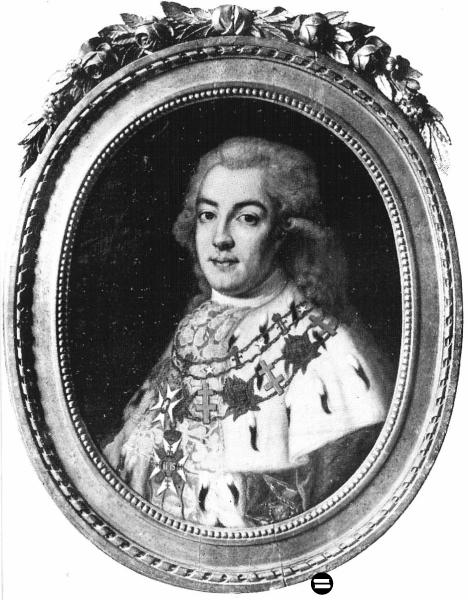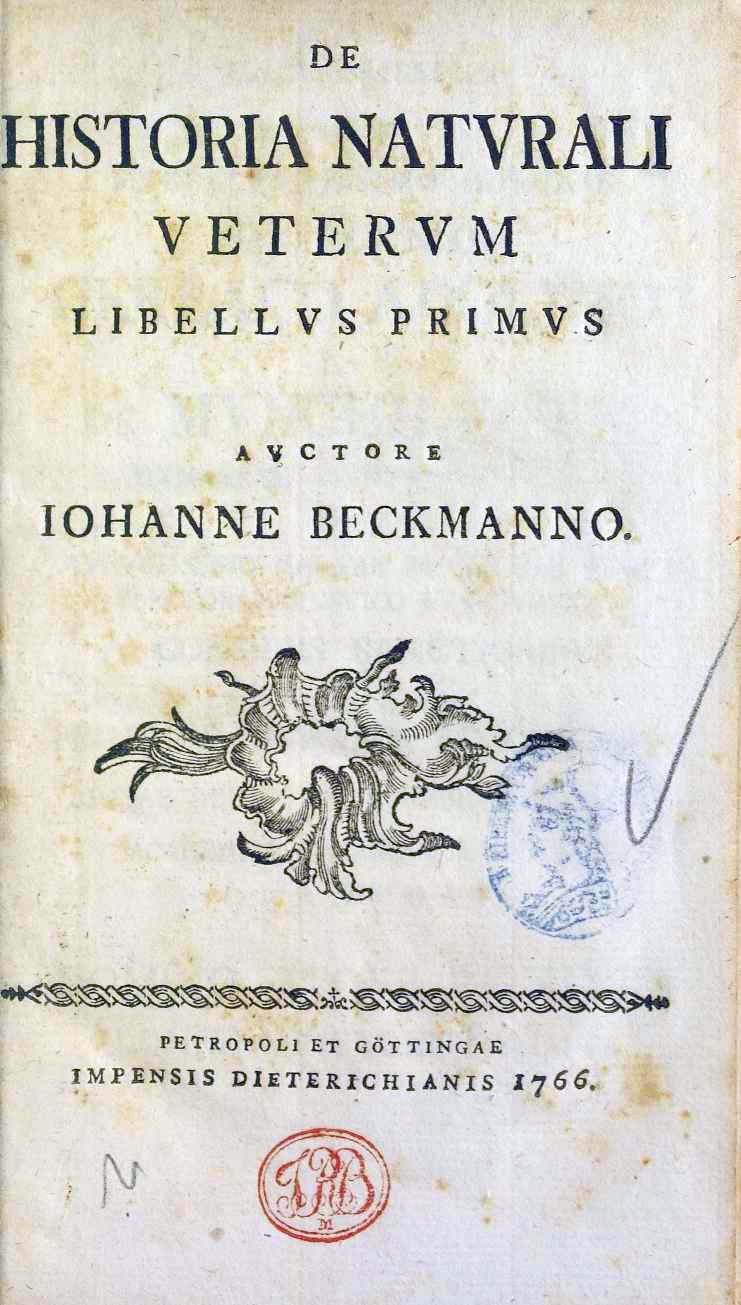|
Sara Elisabeth Moræa
Sara Elisabeth "Sara Lisa" von Linné (née Moræa; 26 April 1716 – 20 April 1806) was married to Carl Linnaeus and was mother to Carl Linnaeus the Younger and Elisabeth Christina von Linné. She was involved in the creation of the Linnean Society of London through the auctioning of her late husband's scientific papers. She is one of the historic Swedish women who have streets named after her in the Kärringstan district of Enskededalen, Stockholm (). Biography Sara Elisabeth Moræa was born in Falun, Sweden, in 1716, the daughter of (1672–1742), a physician, and his wife Elisabeth Hansdotter (1691–1769). Her parents had a total of seven children. Both her parents came from the wealthy bourgeoisie and she grew up on outside Falun. She attended school and received a formal education. In February 1735, Carl Linnaeus proposed to Sara Elisabeth when he was travelling through Dalarna. Her father accepted the proposal on the condition that Carl would travel abroad befor ... [...More Info...] [...Related Items...] OR: [Wikipedia] [Google] [Baidu] |
Falun, Sweden
Falun () is a city and the seat of Falun Municipality in Dalarna County, Sweden, with 37,291 inhabitants in 2010. It is also the capital of Dalarna County. Falun forms, together with Borlänge, a metropolitan area with just over 100,000 inhabitants. Falun was originally famous for its copper mine, and is today an important service and industrial city even though the mine is closed (since 1992). Faluån is a river, flowing through the city, separating it into two sides. Falu copper mine is located on one of the sides which during many centuries was one of Sweden's main business. This side of the river was usually called "the mining side", where not many plants grew due to the toxic smoke which contaminated the soil. On the other side of the river, where the smoke did not reach, set many large villas, which made this side to be called "the delightful side". The centre of Falun consists of classical pedestrian streets with small shops. In 1998, the city reclaimed the award of "the c ... [...More Info...] [...Related Items...] OR: [Wikipedia] [Google] [Baidu] |
Hats (party)
The Hats ( sv, hattarna) were a Swedish political faction active during the Age of Liberty (1719–1772). Their name derives from the tricorne hat worn by officers and gentlemen. They vied for power with the opposing Caps party. The Hats, who ruled Sweden from 1738 to 1765, advocated an alliance with France and an assertive foreign policy, especially towards Russia. During their tenure, they involved Sweden in two expensive and disastrous wars, in the 1740s and 1750s. Policy Count Arvid Horn, leader of the Caps, had governed Sweden since 1719. Following Sweden's defeat in the Great Northern War, he had reversed the traditional policy of Sweden by keeping France at a distance, drawing near to Great Britain, and making no significant effort to regain Sweden's lost Baltic empire. Those opposed to this peaceful policy derisively nicknamed his adherents "Night-caps", and these epithets became party badges when the estates met in 1738. The Hats routed the government, and Horn was comp ... [...More Info...] [...Related Items...] OR: [Wikipedia] [Google] [Baidu] |
1716 Births
Events January–March * January 16 – The application of the Nueva Planta decrees to Catalonia make it subject to the laws of the Crown of Castile, and abolishes the Principality of Catalonia as a political entity, concluding the unification of Spain under Philip V. * January 27 – The Tugaloo massacre changes the course of the Yamasee War, allying the Cherokee nation with the British province of South Carolina against the Creek Indian nation. * January 28 – The town of Crieff, Scotland, is burned to the ground by Jacobites returning from the Battle of Sheriffmuir. * February 3 – The 1716 Algiers earthquake sequence began with an 7.0 mainshock that caused severe damage and killed 20,000 in Algeria. * February 10 – James Edward Stuart flees from Scotland to France with a handful of supporters, following the failure of the Jacobite rising of 1715. * February 24 – Jacobite leaders James Radclyffe, 3rd Earl of Derwentwater and W ... [...More Info...] [...Related Items...] OR: [Wikipedia] [Google] [Baidu] |
Catherine Hansson
Catherine Madeleine Hansson (born 26 March 1958, in Malmö) is a Swedish actress. in the She studied at 1976–79. Selected filmography *2013 - '''' (TV) *2006 - '' Underbara älskade'' *2002 - '' |
Gustaf Adolf Reuterholm
Baron Gustaf Adolf Reuterholm (7 July 1756 in Sjundeå, Nyland, Sweden (now Finland) – 27 December 1813 in Schleswig), was a Swedish statesman. He acted as the de facto regent of Sweden during the minor regency of Gustav IV Adolf of Sweden between 1792 and 1796. Early career After a brief military career he was appointed Kammarherre to Sophia Magdalena, queen consort of Gustav III of Sweden and subsequently became intimately connected with the king's brother, Charles, then duke of Södermanland. He remained in the background throughout the reign of Gustavus III, whom he constantly opposed, particularly through the clandestine Walhalla-orden which he co-founded in Sveaborg. He was implicated in the 1789 Conspiracy. In the autumn of 1789, princess Hedvig Elisabeth Charlotte prepared to depose Gustav III and place her husband Duke Charles upon the throne.My Hellsing (2013). Hovpolitik. Hedvig Elisabeth Charlotte som politisk aktör vid det gustavianska hovet (Court Politics. ... [...More Info...] [...Related Items...] OR: [Wikipedia] [Google] [Baidu] |
Johann Beckmann
Johann Beckmann (1739–1811) was a German scientific author and coiner of the word technology, to mean the science of trades. He was the first man to teach technology and write about it as an academic subject. Life He was born on 4 June 1739 at Hoya in Hanover, where his father was postmaster and receiver of taxes. He was educated at Stade and the university of Göttingen, where he studied theology, mathematics, physics, natural history, and public finance and administration. After completing his studies, in 1762 he made a study tour through Brunswick and the Dutch Republic examining mines, factories, natural history museums, private collections, universities and their professors. The death of his mother in 1762 having deprived him of his means of support, he went in 1763 on the invitation of the pastor of the Lutheran community, Anton Friedrich Büsching, the founder of the modern historic statistical method of geography, to teach natural history in the Lutheran gymnasium St. ... [...More Info...] [...Related Items...] OR: [Wikipedia] [Google] [Baidu] |
Johan Christian Fabricius
Johan Christian Fabricius (7 January 1745 – 3 March 1808) was a Danish zoologist, specialising in "Insecta", which at that time included all arthropods: insects, arachnids, crustaceans and others. He was a student of Carl Linnaeus, and is considered one of the most important entomologists of the 18th century, having named nearly 10,000 species of animals, and established the basis for the modern insect classification. Biography Johan Christian Fabricius was born on 7 January 1745 at Tønder in the Duchy of Schleswig, where his father was a doctor. He studied at the gymnasium at Altona and entered the University of Copenhagen in 1762. Later the same year he travelled together with his friend and relative Johan Zoëga to Uppsala, where he studied under Carl Linnaeus for two years. On his return, he started work on his , which was finally published in 1775. Throughout this time, he remained dependent on subsidies from his father, who worked as a consultant at Frederiks Hospita ... [...More Info...] [...Related Items...] OR: [Wikipedia] [Google] [Baidu] |
Linnean Society Of London
The Linnean Society of London is a learned society dedicated to the study and dissemination of information concerning natural history, evolution, and taxonomy. It possesses several important biological specimen, manuscript and literature collections, and publishes academic journals and books on plant and animal biology. The society also awards a number of prestigious medals and prizes. A product of the 18th-century enlightenment, the Society is the oldest extant biological society in the world and is historically important as the venue for the first public presentation of the theory of evolution by natural selection on 1 July 1858. The patron of the society was Queen Elizabeth II. Honorary members include: King Charles III of Great Britain, Emeritus Emperor Akihito of Japan, King Carl XVI Gustaf of Sweden (both of latter have active interests in natural history), and the eminent naturalist and broadcaster Sir David Attenborough. History Founding The Linnean Society ... [...More Info...] [...Related Items...] OR: [Wikipedia] [Google] [Baidu] |
James Edward Smith (botanist)
__NOTOC__ Sir James Edward Smith (2 December 1759 – 17 March 1828) was an English botanist and founder of the Linnean Society. Early life and education Smith was born in Norwich in 1759, the son of a wealthy wool merchant. He displayed a precocious interest in the natural world. During the early 1780s he enrolled in the medical course at the University of Edinburgh where he studied chemistry under Joseph Black and natural history under John Walker. He then moved to London in 1783 to continue his studies. Smith was a friend of Sir Joseph Banks, who was offered the entire collection of books, manuscripts and specimens of the Swedish natural historian and botanist Carl Linnaeus following the death of his son Carolus Linnaeus the Younger. Banks declined the purchase, but Smith bought the collection for the bargain price of £1,000. The collection arrived in London in 1784, and in 1785 Smith was elected Fellow of the Royal Society. Academic career Between 1786 and 1788 Smit ... [...More Info...] [...Related Items...] OR: [Wikipedia] [Google] [Baidu] |
Herbarium
A herbarium (plural: herbaria) is a collection of preserved plant specimens and associated data used for scientific study. The specimens may be whole plants or plant parts; these will usually be in dried form mounted on a sheet of paper (called ''exsiccatum'', plur. ''exsiccata'') but, depending upon the material, may also be stored in boxes or kept in alcohol or other preservative. The specimens in a herbarium are often used as reference material in describing plant taxa; some specimens may be types. The same term is often used in mycology to describe an equivalent collection of preserved fungi, otherwise known as a fungarium. A xylarium is a herbarium specialising in specimens of wood. The term hortorium (as in the Liberty Hyde Bailey Hortorium) has occasionally been applied to a herbarium specialising in preserving material of horticultural origin. History The making of herbaria is an ancient phenomenon, at least six centuries old, although the techniques have changed l ... [...More Info...] [...Related Items...] OR: [Wikipedia] [Google] [Baidu] |
Linnaeus's Hammarby
Linnaeus's Hammarby ( sv, Linnés Hammarby) is a historic house museum and mansion, and one of three botanical gardens belonging to Uppsala University, located in Sweden. It is situated about 10 km south-east of Uppsala. Carl Linnaeus The manor house Hammarby was the former summer home of Carl Linnaeus Carl Linnaeus (; 23 May 1707 – 10 January 1778), also known after his Nobility#Ennoblement, ennoblement in 1761 as Carl von Linné#Blunt, Blunt (2004), p. 171. (), was a Swedish botanist, zoologist, taxonomist, and physician who formalise ... and his family. Carl Linnaeus was a scientist and professor at Uppsala University. In 1762 Linnaeus bought the small estate of Hammarby in order to spend his holidays in a quiet place. Buildings The main house of Linnaeus has two floors, an attic and a cellar under part of the house. The house is constructed of horizontal logs. Inside the house, the old wallpaper is distinguished, with flower design in dark red, gold and w ... [...More Info...] [...Related Items...] OR: [Wikipedia] [Google] [Baidu] |





.jpg)

